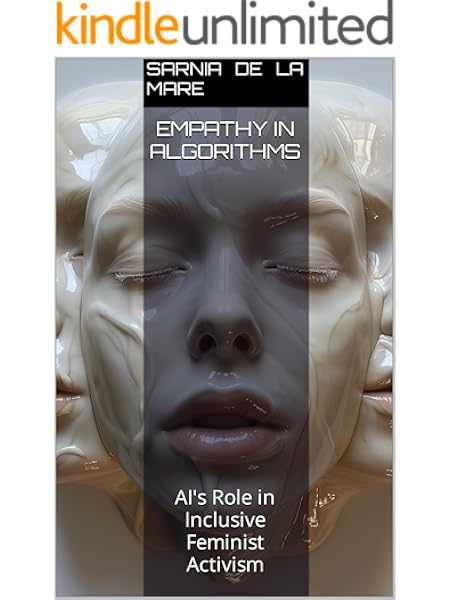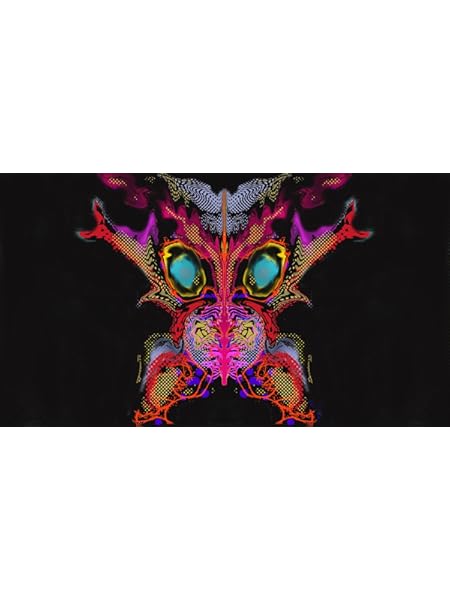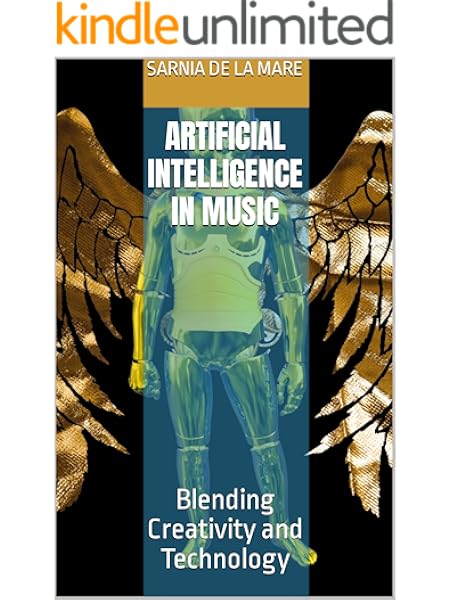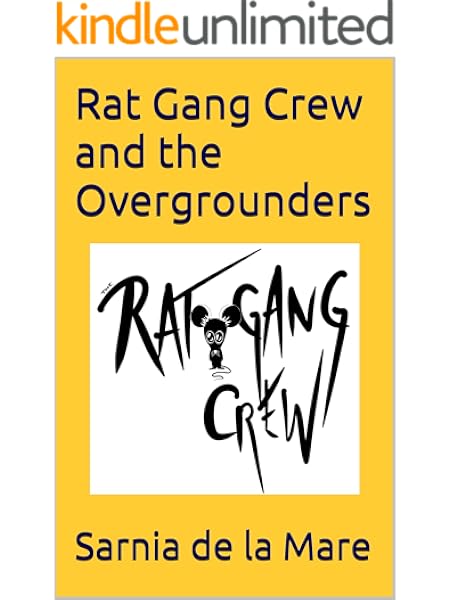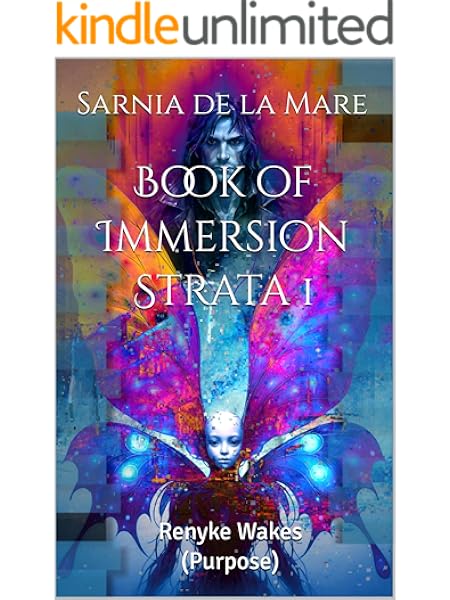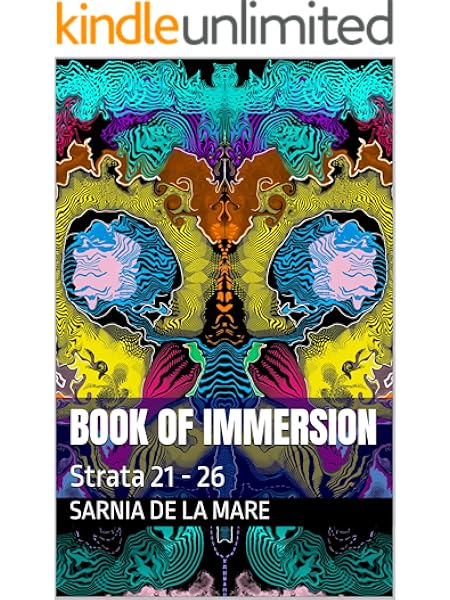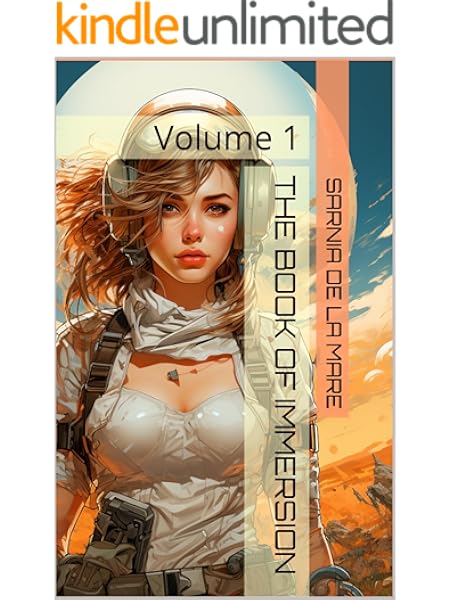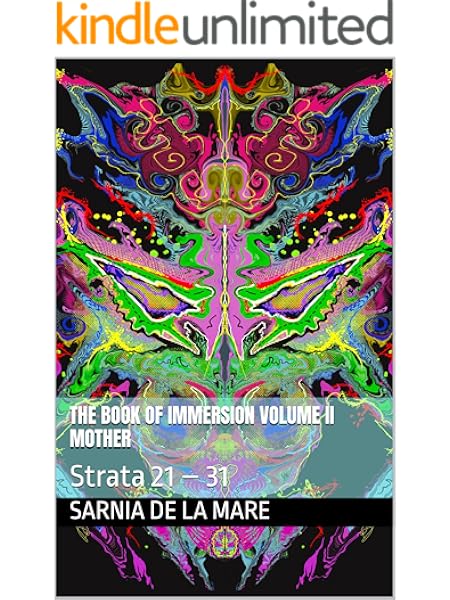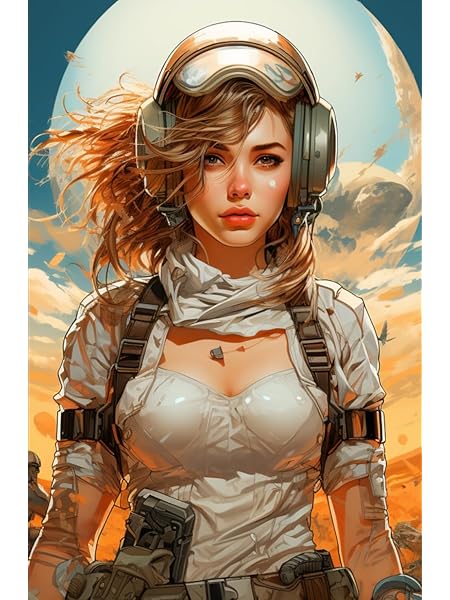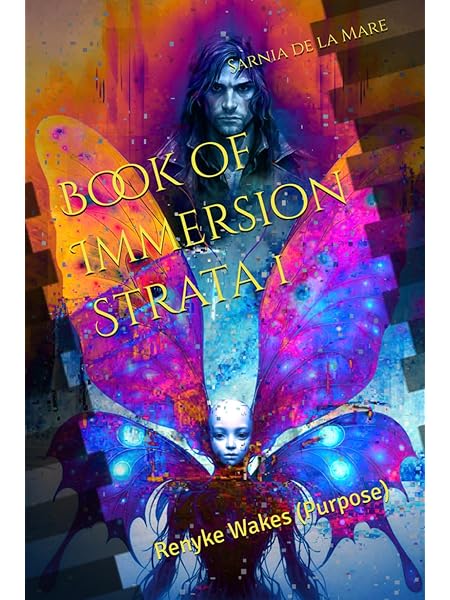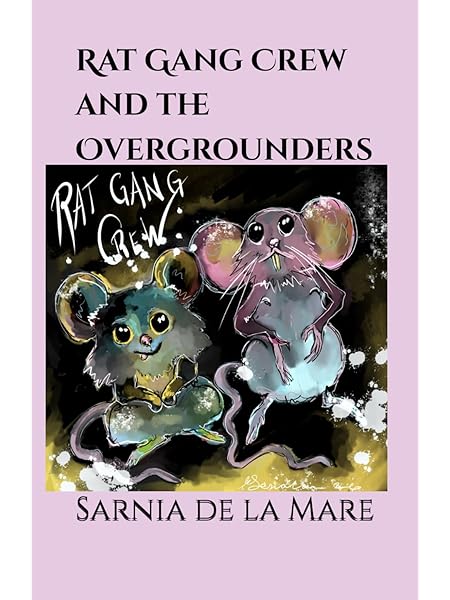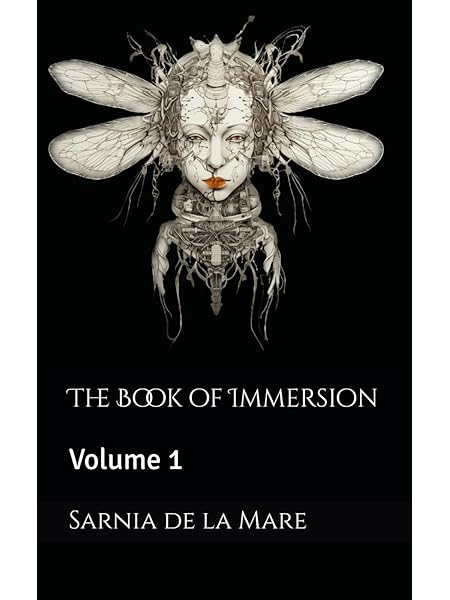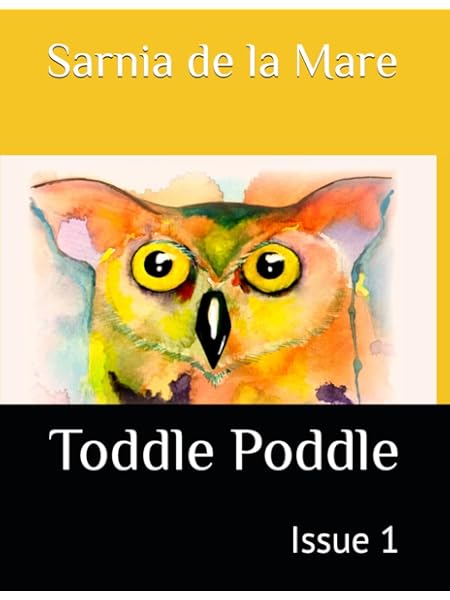Welcome. You’ve arrived at a quiet space designed for people who think in colour, rhythm, pattern, and possibility — the artists, writers, musicians, inventors, and daydreamers trying to make meaning in a noisy world.
Welcome to Creative Futures: The Beginning of a Better System for Artists
My name is Sarnia de la Maré, and this is Creative Futures — a journal of art, motivation, and sustainable invention. It’s a place to explore how creativity and technology can work together instead of against each other, and how systems, routines, and a little digital alchemy can make creative lives not only possible, but beautifully balanced.
The Why
For too long, the creative life has been romanticised as chaotic, impoverished, or accidental. I don’t believe that story anymore. I believe artistry can be engineered — not in the mechanical sense, but in the architectural one. With structure, awareness, and tools that serve rather than distract, creativity becomes a daily practice, not an emergency.
Art doesn’t have to cost our health, our peace, or our livelihood. It can sustain them. That’s what I want this site to prove.
The What
Each week, I’ll share essays, guides, and reflections on what it means to create in the age of automation and attention. You’ll find a mix of philosophy and pragmatism — how to design workflows that free time, how to work with AI without losing soul, how to turn creative chaos into a calm, self-sustaining system.
These are not productivity hacks. They’re creative ethics. A way to build a studio — physical or digital — that supports your mind instead of draining it.
The How
Everything I write here comes from experience. I’ve lived the overwhelm of multi-hyphenate artistry: music, design, film, writing, teaching. I’ve also built systems that let me step back, breathe, and make more art, not more noise.
So, whether you’re an established creator, a neurodivergent thinker finding your rhythm, or a beginner with too many ideas and no map — this is for you. Together, we’ll explore the future of creative independence.
What Comes Next
If you’re new here, start with these four cornerstone essays:
- The Art of Systems — Discipline as the hidden form of creativity.
- The Future Belongs to the Curious — Why wonder will outlive the algorithm.
- Neurodiverse Creativity — Thinking in patterns, not lines.
- The Economics of Art and Automation — Creating value in a machine age.
Then subscribe for reflections, tools, and stories from the intersection of art, technology, and sustainable living.
In Closing
The creative future isn’t somewhere we’re heading. It’s something we’re building — moment by moment, work by work, system by system. Welcome to the process.
— Sarnia de la Maré FRSA
→ Subscribe for weekly essays on creativity, technology, and motivation.
Other Books by Tale Teller Club Press


